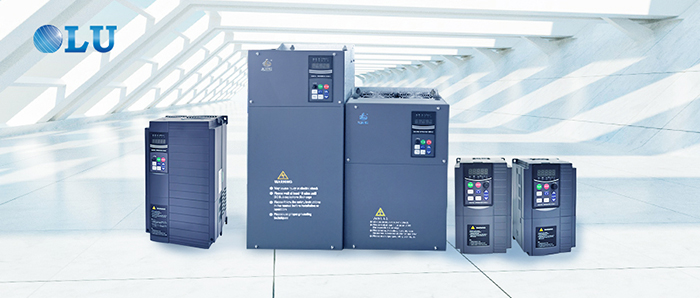Why is a frequency converter called a frequency converter?
A frequency converter is a device capable of altering the frequency of alternating current (AC), and its name originates from the term "frequency conversion." By changing the frequency of the AC power supply, the frequency converter can simultaneously adjust the rotational speed of electric motors, making it widely applicable in various fields.

Alternating current (AC) is an electric current whose direction and magnitude change periodically over time, resulting in a continuously varying frequency. In China, the standard AC frequency is 50 Hz, meaning the current changes direction 50 times per second. This frequency is typically highly stable, but it can be adjusted using a frequency converter to synchronously alter the rotational speed of electric motors.
The speed of an electric motor is closely related to the frequency of the AC power supply. The motor's rotational speed (in RPM) is calculated using the formula:
Speed = (60 × Frequency) / Number of motor pole pairs.
Since the number of motor pole pairs is usually a fixed value, changing the frequency directly proportionally adjusts the motor's speed. This is the core function of a frequency converter.
In addition to regulating motor speed, frequency converters can improve motor efficiency, reduce noise and vibration, and extend the motor's lifespan. As a result, they are widely used in various fields such as industrial production, transportation, and building automation.
In summary, the term "frequency converter" derives from its primary function: altering the frequency of AC power to synchronously control motor speed. This device has extensive applications and significantly enhances motor efficiency and performance, offering substantial benefits across diverse scenarios.